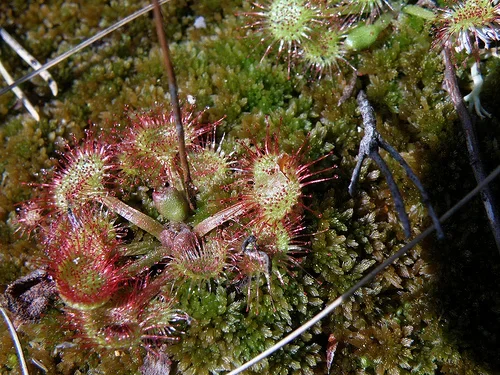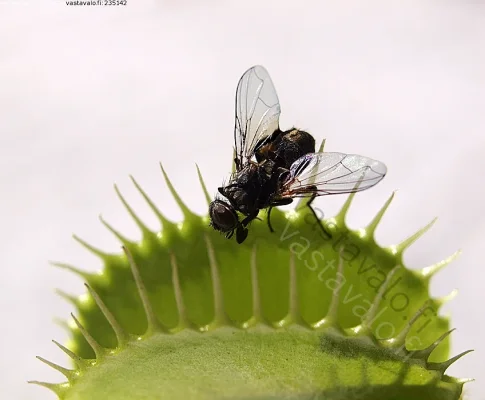Abiogeneesitutkimuksessa on jälleen päästy eteenpäin:
Elämän alkuperää synteettisin soluin
Elämän alkuperä jaksaa kiehtoa.
Tutkijat ovat onnistuneet luomaan synteettisen solun, joka jakautuu. Ehkäpä alkusynty, abiogeneesi, menettää jälleen osan tarunhohtoisuudestaan.
Japanilaiset tutkijat rakensivat rasvamolekyyleistä vesitäytteisiä kuplia, vesikkelejä, jotka kykenivät jakaantumaan dna:n avulla. Tutkimus julkaistiin kuun alussa
Nature Chemistry -lehdessä.
”Solun” rakenne oli simppeli: dna-molekyylit, negatiivisia sähkövaraukseltaan, vetivät kukin varauksensa avulla ympärilleen rasvamolekyylikelmun. Vesikkelit kantoivat sisällään dna:n ohella myös eräitä sen laboratoriomonistuksessa, PCR:ssä eli polymeraasiketjureaktiossa tarvittavia molekyylejä. Vesikkeleissä käynnistettiin lämpötilan avulla PCR-reaktio. Monistuneet dna-molekyylit tarttuivat vesikkelin sisävaippaan. Kun liuokseen lisättiin rasvaa, dna-molekyylien ympärille muodostui uusia kokonaisia vesikkeleitä.
Vesikkelit voisivat periaatteessa monistua myös ilman dna-sisältöä. Erityisen merkittävä huomio kokeessa oli nimenomaan se, että dna-sisällön monistuminen edesauttoi sitä ympäröivän ”solukapselin” jakaantumista. Tyhjä vesikkeli ei menestynyt ollenkaan niin hyvin kuin dna:ta sisältävä.
http://suomenkuvalehti.fi/blogit/tarinoita-tieteesta/elaman-alkuperaa-synteettisin-soluin
http://www.nature.com/nchem/journal/vaop/ncurrent/full/nchem.1127.html
Nature Chemistry | Article
Self-reproduction of supramolecular giant vesicles combined with the amplification of encapsulated DNA
Nature Chemistry (2011) doi:10.1038/nchem.1127
Received 02 March 2011 Accepted 26 July 2011Published online 04 September 2011
The construction of a protocell from a materials point of view is important in understanding the origin of life. Both self-reproduction of a compartment and self-replication of an informational substance have been studied extensively, but these processes have typically been carried out independently, rather than linked to one another. Here, we demonstrate the amplification of DNA (encapsulated guest) within a self-reproducible cationic giant vesicle (host).
With the addition of a vesicular membrane precursor, we observe the growth and spontaneous division of the giant vesicles, accompanied by distribution of the DNA to the daughter giant vesicles. In particular,
amplification of the DNA accelerated the division of the giant vesicles. This means that self-replication of an informational substance has been linked to self-reproduction of a compartment
through the interplay between polyanionic DNA and the cationic vesicular membrane. Our self-reproducing giant vesicle system therefore represents a step forward in the construction of an advanced model protocell.


